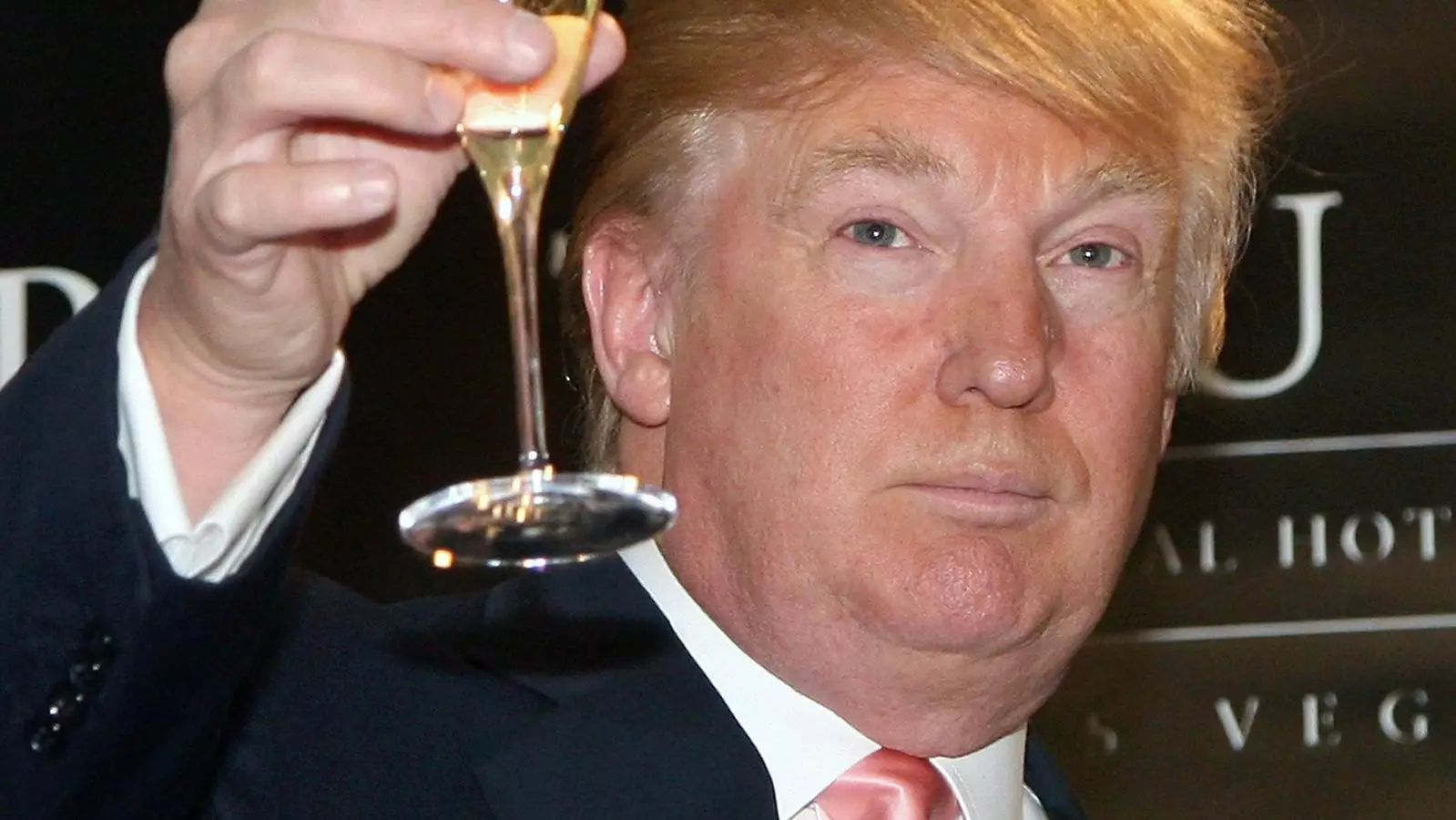In recent discussions about U.S. trade policies, the potential introduction of a 200% tariff on European wines has raised significant eyebrows in the wine community. Advertised as a strategy to bolster American winemakers, such tariffs rest on a dangerously flawed understanding of both the dynamics of the global wine industry and the fundamentals of consumer behavior. As wine enthusiasts, restaurateurs, and industry stakeholders, we must critically evaluate the repercussions of such a protectionist move, which threatens not only our access to diverse wines but also the sustainability of our domestic industry.
President Trump’s assertion that these tariffs would benefit American winemakers is misleading. It overestimates the willingness of consumers to abandon beloved European varieties in favor of local options simply due to price changes. Rather, it underestimates the established network of importers, distributors, and retailers who rely heavily on a diverse array of wines from around the world. By stripping this import diversity, we create a scenario where not only American consumers are deprived of their choices, but the stability of domestic wine distributors hangs by a thread. As tariffs increase the cost of importing quality wines, distributors may find themselves unable to maintain their current offerings or even survive financially.
The False Premise of Protectionism
The concept of protectionism suggests that by limiting competition from abroad, domestic markets can thrive. However, this theory neglects the interdependence of the wine ecosystem. Imagine a small distributor who specializes in both European and American wines. If faced with vastly increased tariffs on the former, their profitability diminishes, leading to potential layoffs or closures. With fewer distributors in the market, American wineries will find it increasingly difficult to navigate their way onto restaurant menus or retail shelves. Consequently, the cycle of dependency is disrupted, ultimately pushing everyone in the industry towards instability rather than growth.
Some may argue that these tariffs serve a patriotic purpose, fostering a sense of national pride among wine drinkers who opt for local products. Yet, this argument overlooks the fact that the real appeal of a wine lies not in its country of origin but in the quality and experience it offers. Consumers engaged in a fine wine culture often desire a balance of both American craftsmanship and European tradition. Forcing consumers to pick sides is not only counterproductive for the industry but also risks alienating a demographic that craves exploration and diversity in their wine choices.
Consequences for the Everyday Wine Drinker
It is crucial to understand that the impact of such tariffs will most acutely touch the everyday consumer. While high-end restaurants may increase their prices drastically to make up for the added costs, the average wine drinker might find themselves priced out of even modest European options. Consider the ramifications for a consumer who relies on budget-friendly wines like Picpoul or Montepulciano. If these affordable choices vanish or skyrocket in price, they may turn instead to cheaper, less satisfying alternatives like canned cocktails or mass-produced beers. This is a genuine threat not just to European wines but, ironically, to the reputation of American wines as well.
Additionally, the possibility of retaliation looms large in these discussions. An aggressive tariff strategy could prompt European nations to impose their own tariffs on American goods, affecting beloved domestic products like bourbon and whiskey. The reality is that we live in a globalized market where trade does not occur in isolation, and a retaliatory cycle can spiral out of control, ultimately harming all parties involved.
A Path Toward Sustainable Growth and Collaboration
What the American wine industry truly needs is not walls erected by tariffs, but bridges built through collaboration and genuine investment in infrastructure and sustainable practices. As climate change reshapes agricultural landscapes, the focus should be on resilience and support rather than divisive policies. It is crucial to craft strategies that encourage younger generations to explore the multifaceted world of wine rather than penalizing them for their interests.
With the right support and investment, American wines can stand shoulder to shoulder with their European counterparts not because competition has been stifled, but because they have earned their place through excellence. The goal should be to foster an environment where American wines can thrive, retaining their own identity while coexisting with the rich tradition and heritage of European wines.
In the end, the conversation must shift from isolation to inclusivity. The American wine industry has the potential to grow stronger not by limiting choices for consumers but by embracing diversity and championing quality across the board. The true strength of American wine lies in its ability to coexist and flourish in a wide-reaching, interconnected market.


Leave a Reply